When I first set foot in the Black Forest in southwest Germany, it honestly felt like I’d wandered into a storybook. This magical region draws people in with its dense, shadowy woods, half-timbered villages, and those quirky cuckoo clocks that you just can’t find anywhere else.
As I drove along those winding roads, I stumbled onto cobblestone streets and old-school bakeries serving up real Black Forest cake. The hills around me rolled on, impossibly green, stretching out as far as I could see.
Everywhere I turned, something new enchanted me. I meandered through villages that seemed frozen in time, listened to the gentle tick of clocks in tiny workshops, and found myself pausing at waterfalls sparkling in the quiet woods.
Each moment gave me a little glimpse into the traditions, the flavors, and the stories that make the Black Forest so special.
Whether I hiked beneath tall pines or just savored a thick slice of creamy Schwarzwälder Kirschtorte, I started to get why travelers keep falling for this legendary region.
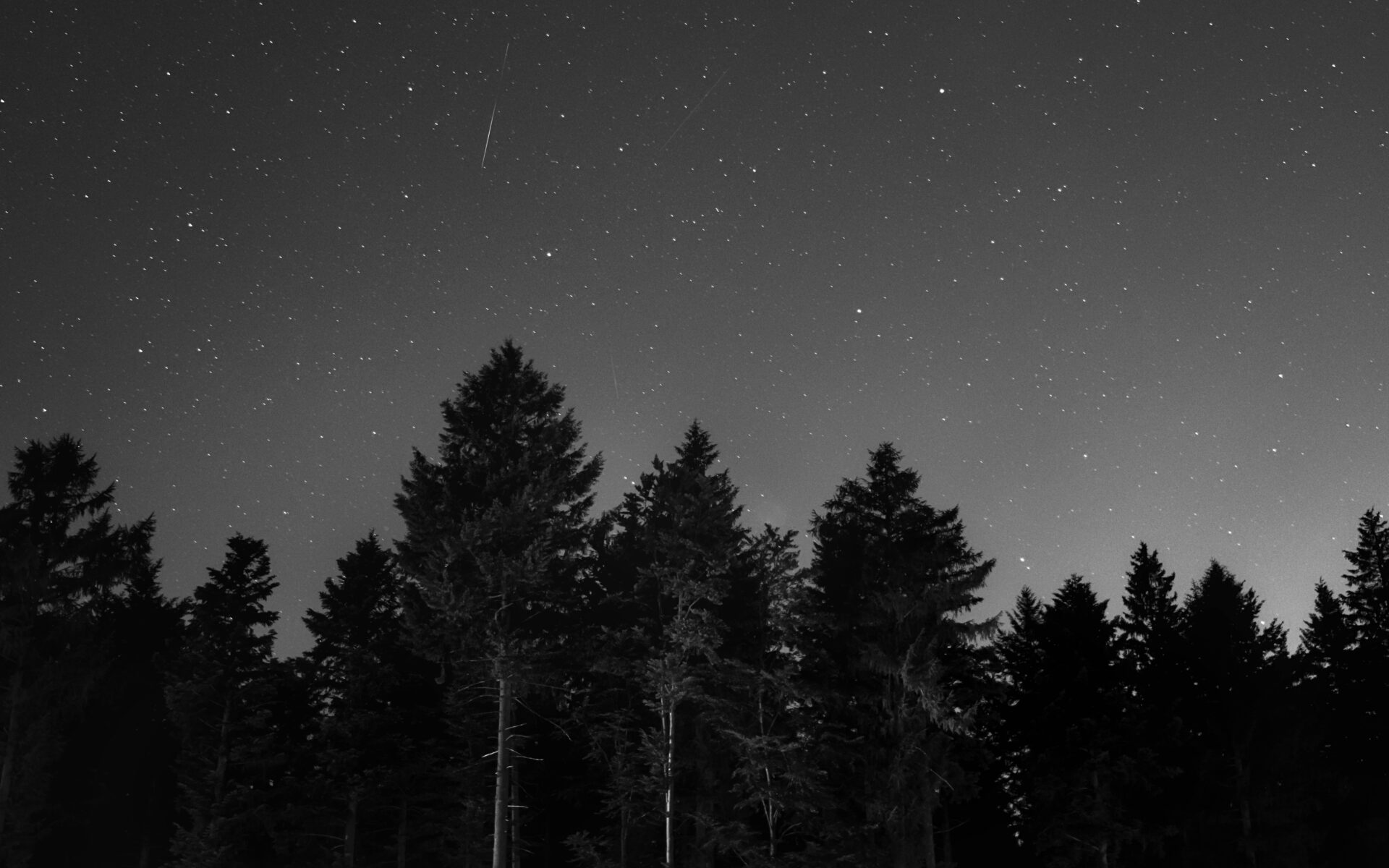
Fairytale Villages and Idyllic Landscapes
Rolling hills, thick pine forests, and those cobbled lanes really do create a setting straight out of a fairytale.
I wandered through peaceful towns with gingerbread-style houses, and every village felt like the start of a new adventure.
Charming Village Life in Gengenbach and Schiltach
When I walked into Gengenbach, time seemed to slow down. Gengenbach stands out for its medieval gate towers and pastel-colored buildings.
The main square buzzes with life, especially when local festivals or markets pop up.
Schiltach hugs the Kinzig River and, while smaller, it’s got its own kind of magic. Locals keep their timber-framed homes in great shape, and you can still hear legends passed down for ages.
Strolling Schiltach’s cobbled streets, I passed bakeries and old mills. The sound of church bells floated through the valley.
Whenever I chatted with people here, their pride in their home shone through. Hand-painted signs and flower boxes on every window—these little touches say a lot about the folks who live here.

Half-Timbered Houses and Quaint Town Squares
Those half-timbered houses really give the Black Forest its signature look. Builders use wooden beams and white plaster to create this cozy, patchwork style.
In places like Gengenbach and Schiltach, entire streets are lined with these fairytale homes.
Town squares pulse with local life. In the evenings, I’d watch neighbors gather for coffee or see kids playing as the sun dipped behind church spires.
The smell of fresh pretzels drifting from bakeries was impossible to ignore.
A lot of these houses have stood for centuries. Some even inspired scenes in Brothers Grimm stories, with their crooked roofs and colorful shutters.
Standing in those squares, I felt like history surrounded me on all sides.

Hidden Gems: Gutach, Baiersbronn, and Freudenstadt
Beyond the hotspots, I found smaller villages with their own personalities. Gutach charmed me with its open-air museum, where I peeked into the daily lives of Black Forest villagers from long ago.
Old farmhouses and folk costumes told stories of tradition and craft.
Baiersbronn is a dream for hikers and foodies alike. I wandered forest paths with sweeping views, then stopped in for treats at local bakeries.
Freudenstadt pulled me in with the biggest town square in Germany. Cafés ring the plaza, and on weekends, markets bring it to life.
This town blends old customs with a lively, modern vibe. From Gutach’s open hills to Freudenstadt’s bustling square, each village left its own mark.
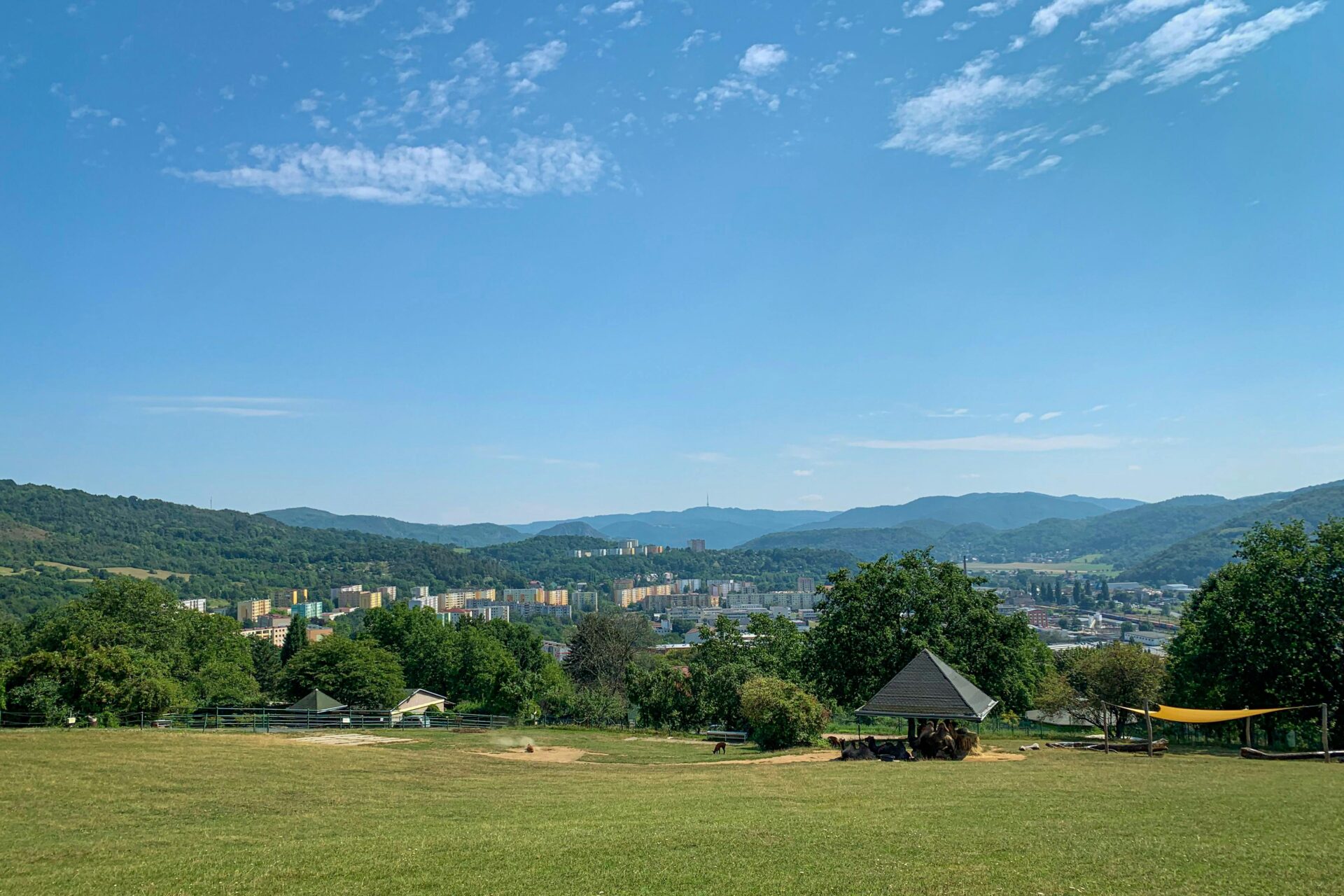
Nature’s Allure: Waterfalls, Lakes, and Panoramic Vistas
The Black Forest’s wild beauty swept me up from the start. Towering waterfalls, glimmering lakes, and sweeping views popped up everywhere I went.
Sometimes I chased the sound of falling water. Other times, I just wandered down shaded trails, not really sure what I’d find next.
Triberg Waterfalls: Germany’s Highest Falls
The first time I heard the thunder of Triberg Waterfalls, I understood the hype. Water crashes down 163 meters in a series of leaps, and the noise and mist fill the air—especially in spring.
The trails are easy to follow. Wooden bridges let you get close to the spray, and squirrels dart through mossy trees.
Multiple viewpoints dot the climb, each with a different angle for photos or just catching your breath.
If you go, try to arrive early to dodge the crowds and catch the falls at their most peaceful. There’s also a little museum nearby with quirky displays about the forest and its legends.
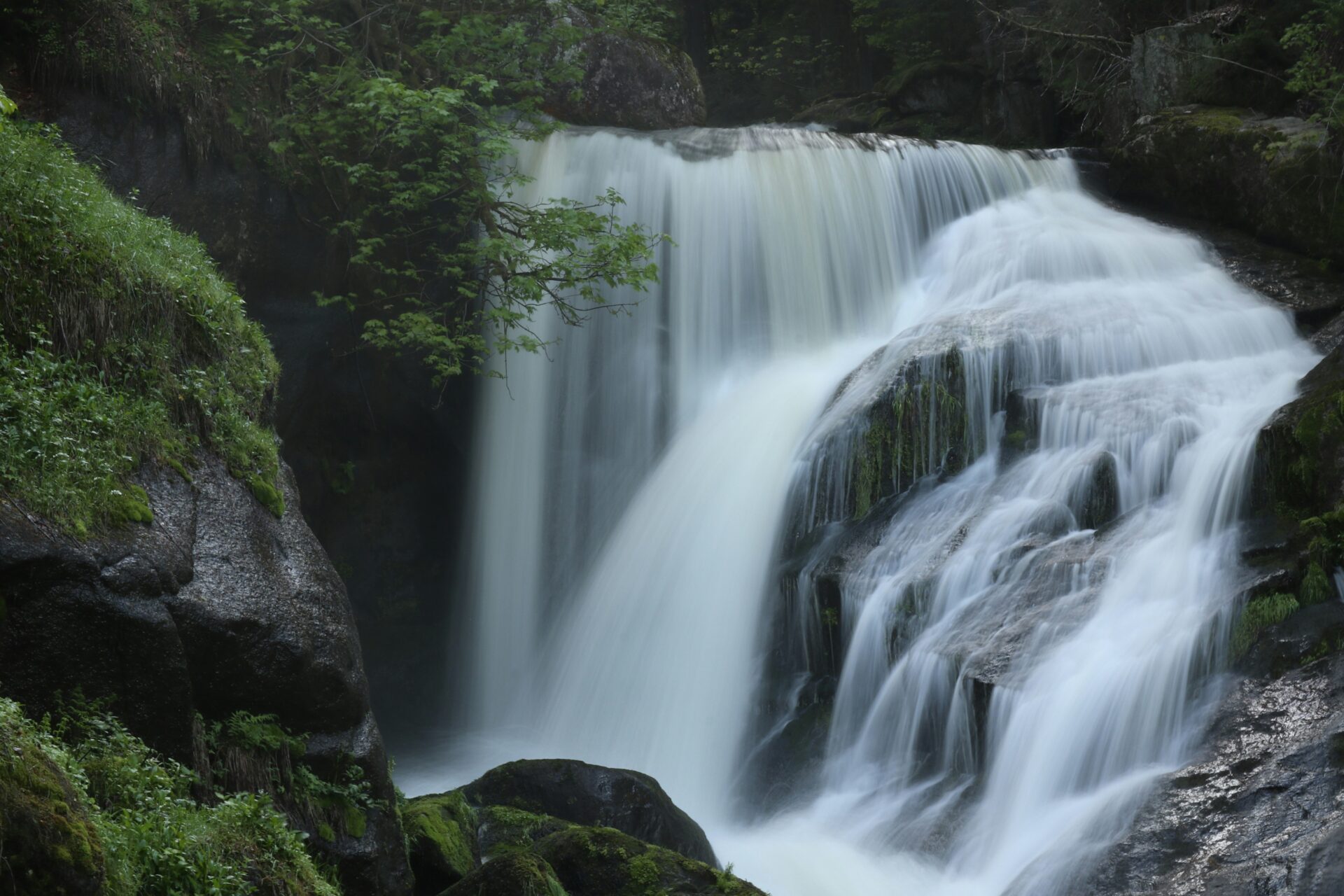
Serene Lakes: Titisee and the Beauty of Feldberg
Lake Titisee glimmers in the sunlight, surrounded by deep forest. I rented a paddleboat and drifted out, letting the views of the hills sink in.
Titisee does get busy, but there’s enough space along the shore for everyone to find a quiet spot.
Feldberg, the highest peak, greets visitors with views that seem to go on forever. Feldsee, a smaller glacial lake at its base, is just as lovely.
Its glassy water makes it perfect for a picnic or a break mid-hike.
You can swim in some spots, though the water stays pretty chilly even in summer. The mix of forest, lake, and mountain gives the area its magic.
If you love sunrise or sunset photos, this is the place.
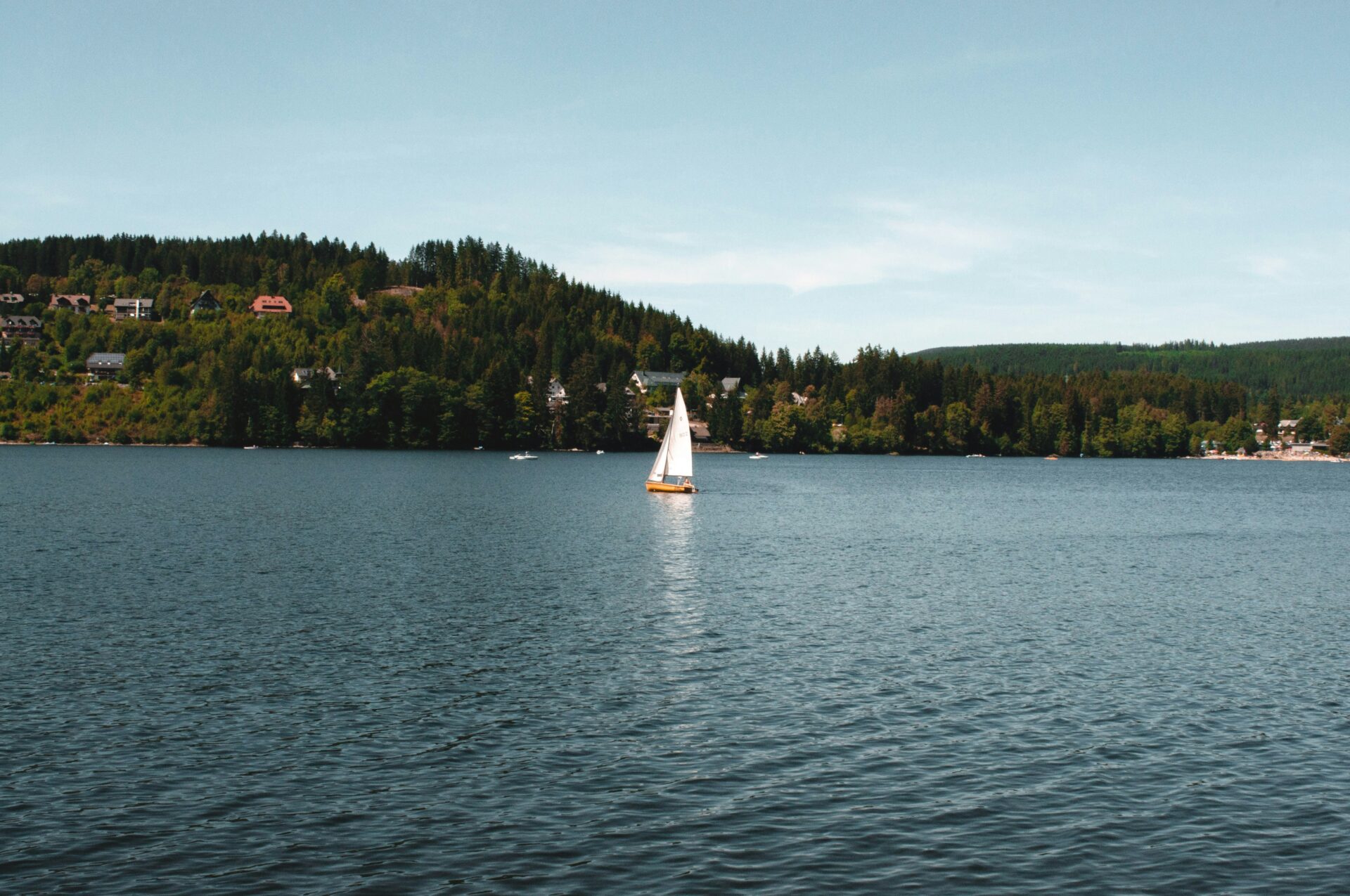
Panoramic Viewpoints and Scenic Drives
Driving here is pure joy. The Schwarzwaldhochstraße—Black Forest High Road—winds through the hills with epic views around every turn.
I pulled over often at lookout points, where benches face valleys and thick pine woods.
Key Panoramic Spots:
| Viewpoint | What You See |
|---|---|
| Hornisgrinde | Highest mountain in northern Black Forest, lake Mummelsee nearby |
| Belchen | Vistas of Alps on clear days |
| Feldberg Tower | 360-degree views from the region’s highest peak |
Short walks from these stops reward you with some of the best photo ops. In autumn, the hills blaze with gold and red leaves, making the drive even more stunning.
I found myself lingering at these viewpoints, just soaking in the scenery.

Outdoor Activities: Hiking Trails and Boating
Walking really is the best way to take in the Black Forest. Well-marked hiking trails wind through forests and along ridges with big, open views.
There’s something for everyone—gentle strolls by lakes or tough climbs up Feldberg.
Boating’s another highlight. On Lake Titisee, families and friends rent rowboats and paddleboats. I watched a few brave souls try stand-up paddleboarding across the calm water.
Nature fans should check out the “Schluchtensteig” trail, which passes waterfalls and quiet gorges.
Many trails cut through small villages—perfect for grabbing a snack or a slice of Black Forest cake. If you crave nature and a bit of adventure, you’ll find endless options here.
Sometimes just sitting by the water brought a calm I still remember.

Legendary Cuckoo Clocks and Black Forest Craftsmanship
Cuckoo clocks really are the soul of the Black Forest. The region’s woodworkers pour generations of skill and artistry into every timepiece, and seeing them up close made me appreciate the craft even more.
Triberg and the Art of Cuckoo Clocks
Triberg feels like the beating heart of cuckoo clock country.
I wandered past wooden workshops, catching the soft clink of tools and the low chatter of clockmakers. Families here have made these clocks for ages, mixing old techniques with new ideas.
Shops and studios often let visitors peek behind the scenes. I watched artisans carving pine trees and painting tiny animals, all by hand. Their patience and focus blew me away.
I stopped by the Black Forest Museum (Schwarzwaldmuseum) to see historic clocks—some grand and ornate, others rustic and simple. Outside town, there’s even a giant working cuckoo clock that’s a hit with families.
Key Craftsmanship Elements in Triberg:
| Feature | Details |
|---|---|
| Hand-Carved Wood | Traditional scenes & detailing |
| Mechanical Movements | Driven by weights & pendulums |
| Local Materials | Mostly Black Forest wood |
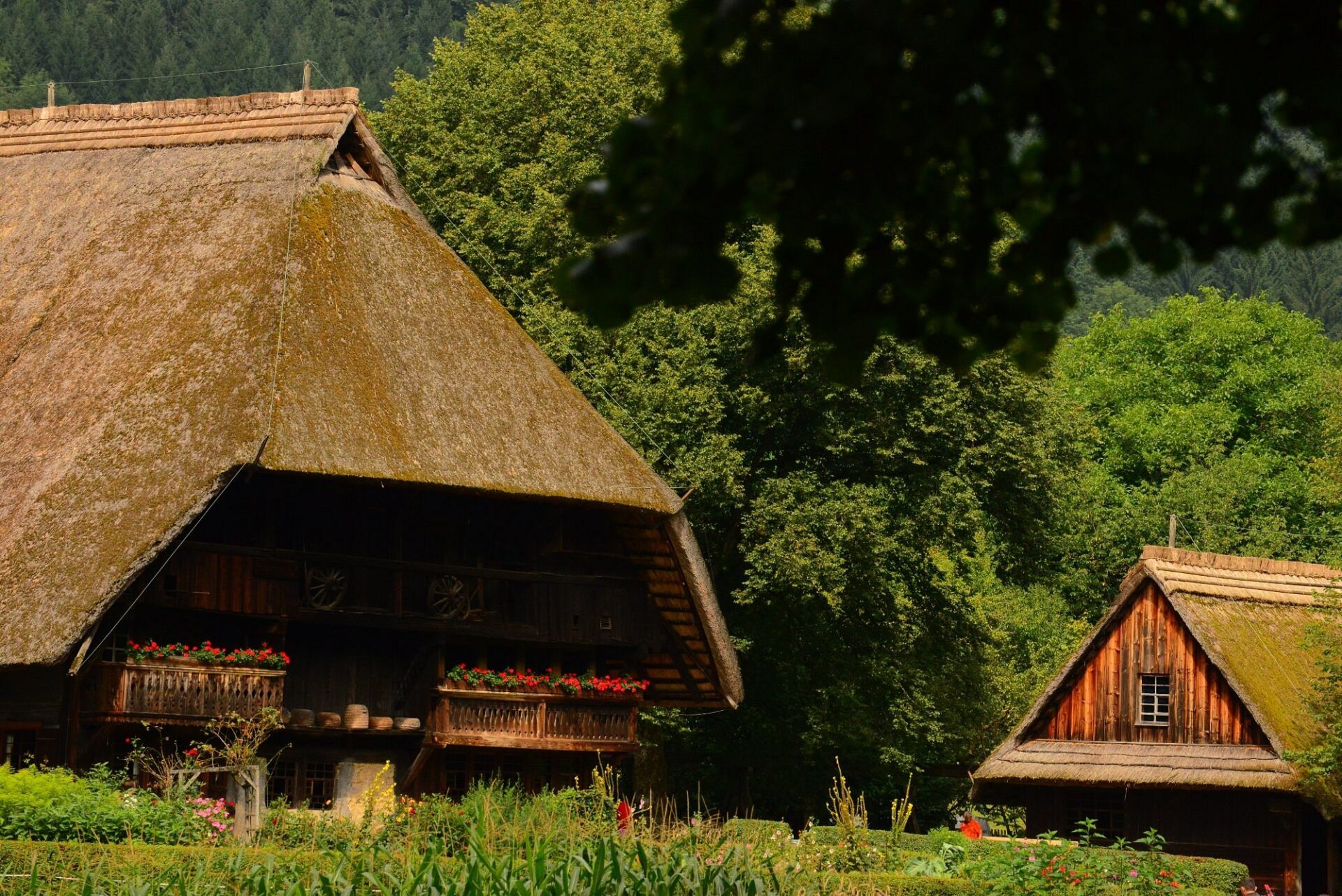
Schonach and the Black Forest Clock Route
Schonach surprised me. This little town is home to the world-famous Eble Uhren-Park, where you’ll find what’s said to be the biggest cuckoo clock on the planet.
I stepped inside and saw the clock’s inner workings up close. It’s honestly wild to see how much goes into these creations.
People in Schonach care deeply about keeping the craft alive. The town sits along the Black Forest Clock Route (“Deutsche Uhrenstrasse”), a scenic drive that links villages known for clockmaking.
I dropped by small ateliers and museums, like the Museum für Uhren, to see how the Black Forest style has changed over time. Handy maps and signs made it easy to follow the route, even without a guide.
Useful Tip:
If you want a piece of this tradition, some ateliers offer workshops or let you watch artisans at work.
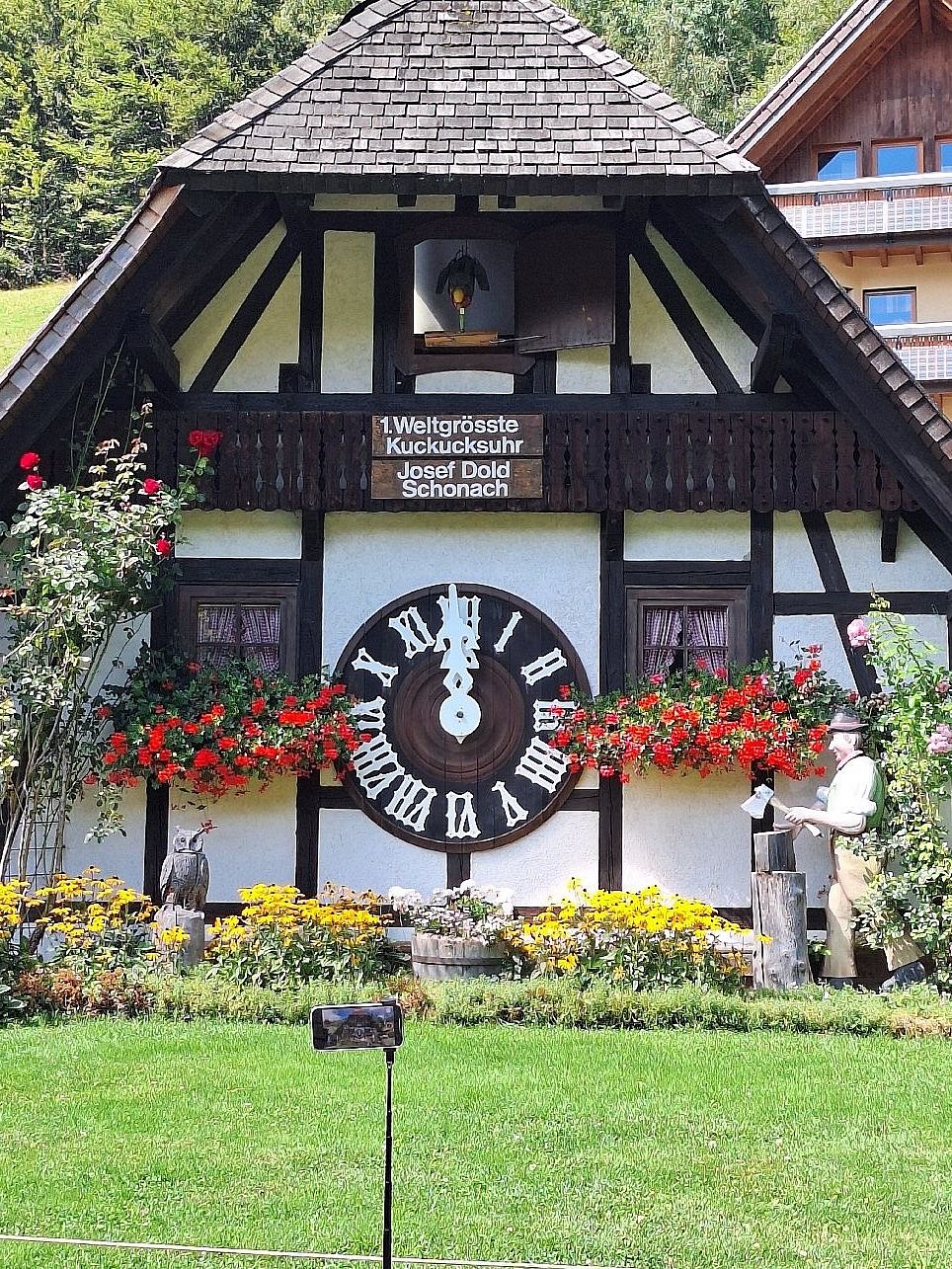
Local Heritage: The Black Forest Open Air Museum
One of my favorite places to dive into local culture was the Black Forest Open Air Museum (Vogtsbauernhof) near Gutach.
Wandering through historic farmhouses, I found rooms filled with antique cuckoo clocks and old tools. The museum shows how clockmaking fit into everyday village life.
Interactive exhibits let you try simple woodcarving or listen to the comforting tick of vintage clocks. Guides dressed in traditional clothes shared stories about how these clocks began.
I even caught a live demonstration, with craftspeople restoring old clocks and sharing tips on care.
It’s a spot where the Black Forest’s culture feels close and real.
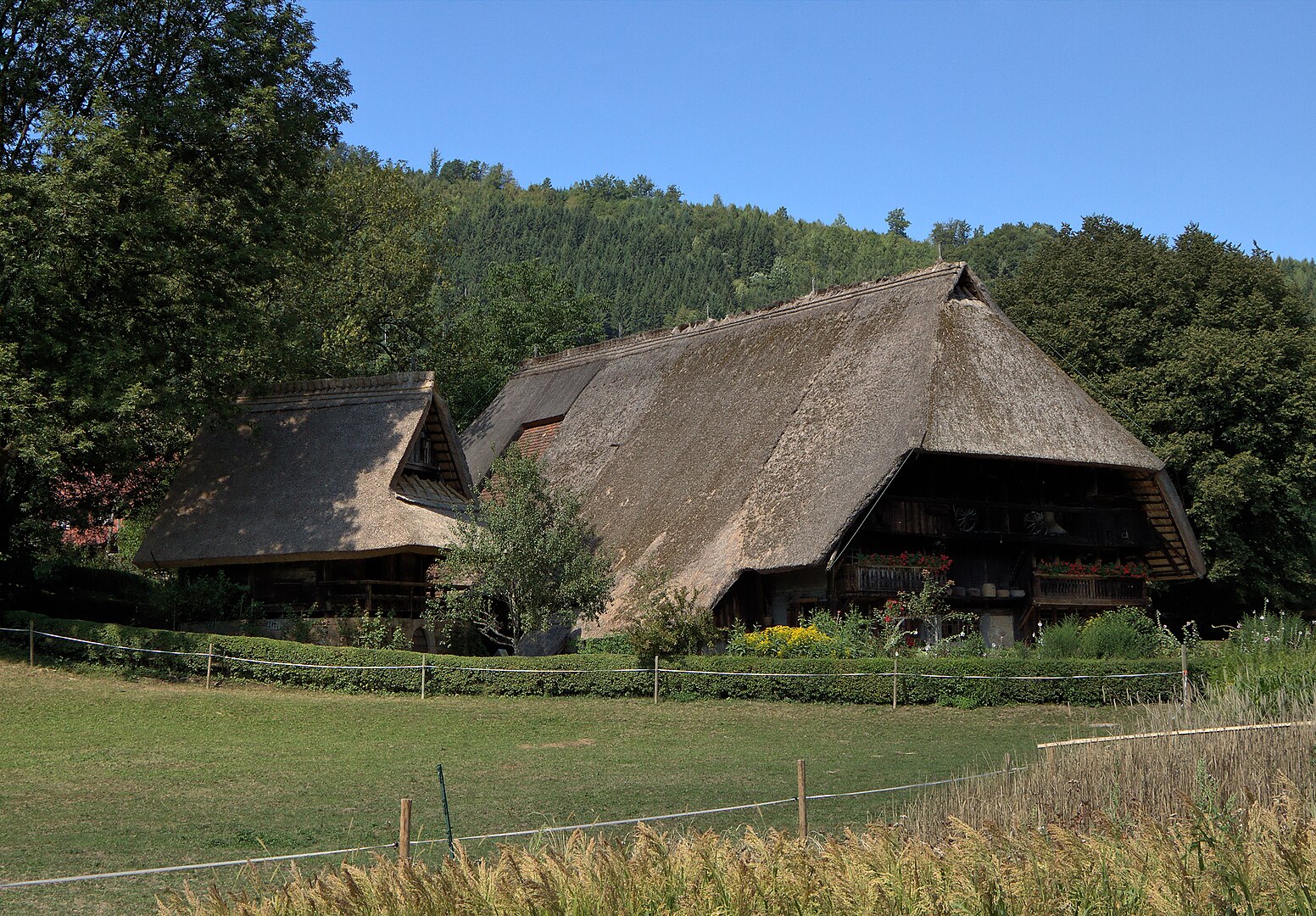
Black Forest Flavors: Cake, Cuisine, and Culinary Traditions
Food lovers, take note—the Black Forest is a dream. Every meal here celebrates local tradition, from legendary desserts to smoked meats and drinks you won’t find elsewhere.
Tasting each dish gave me a better sense of the region’s culture and history.
Savoring Schwarzwälder Kirschtorte (Black Forest Cake)
The Black Forest cake, or Schwarzwälder Kirschtorte, is more than a dessert—it’s an icon. My first slice came in a cozy café with rolling hills outside the window.
Layers of chocolate sponge, whipped cream, and tart cherries—unforgettable. Each piece was soaked with cherry schnapps (Kirschwasser), which gave it a gentle kick.
Bakeries here love to add their own spin. Some go heavy on dark chocolate flakes, others pile on fresh Morello cherries.
The cake’s lightness paired perfectly with a cup of coffee on a cool afternoon. I learned that outside Germany, people call it Black Forest gateau, but honestly, nothing beats having the real thing right here.
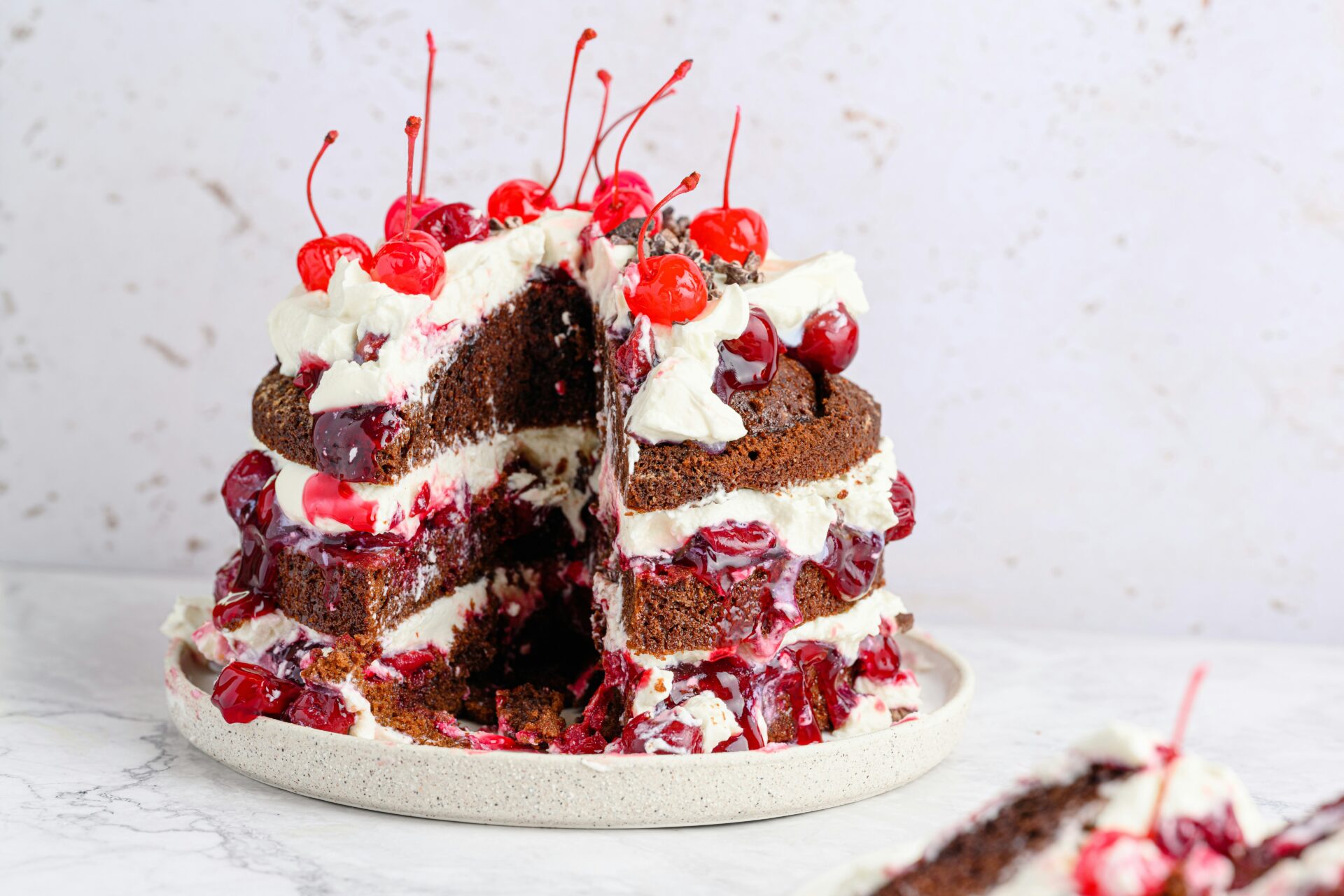
Indulging in Black Forest Ham and Culinary Specialties
Black Forest ham, or Schwarzwälder Schinken, totally stands out among the region’s savory specialties. I usually saw it sliced paper-thin on rustic boards, paired with crusty bread and a few tangy pickles.
That deep, smoky flavor? It comes from a special curing process. Locals use fir and spruce wood, which gives the meat its signature richness.
At a traditional gasthaus, I dug into more Black Forest classics. Stews and hearty sausages like Grillwurst and Lange Rote appeared everywhere. Potato salads rounded out the meals.
I noticed hints of France and Switzerland in the creamy sauces and spätzle noodles. Most dishes used local ingredients, and somehow, even the simplest food tasted a little extraordinary.
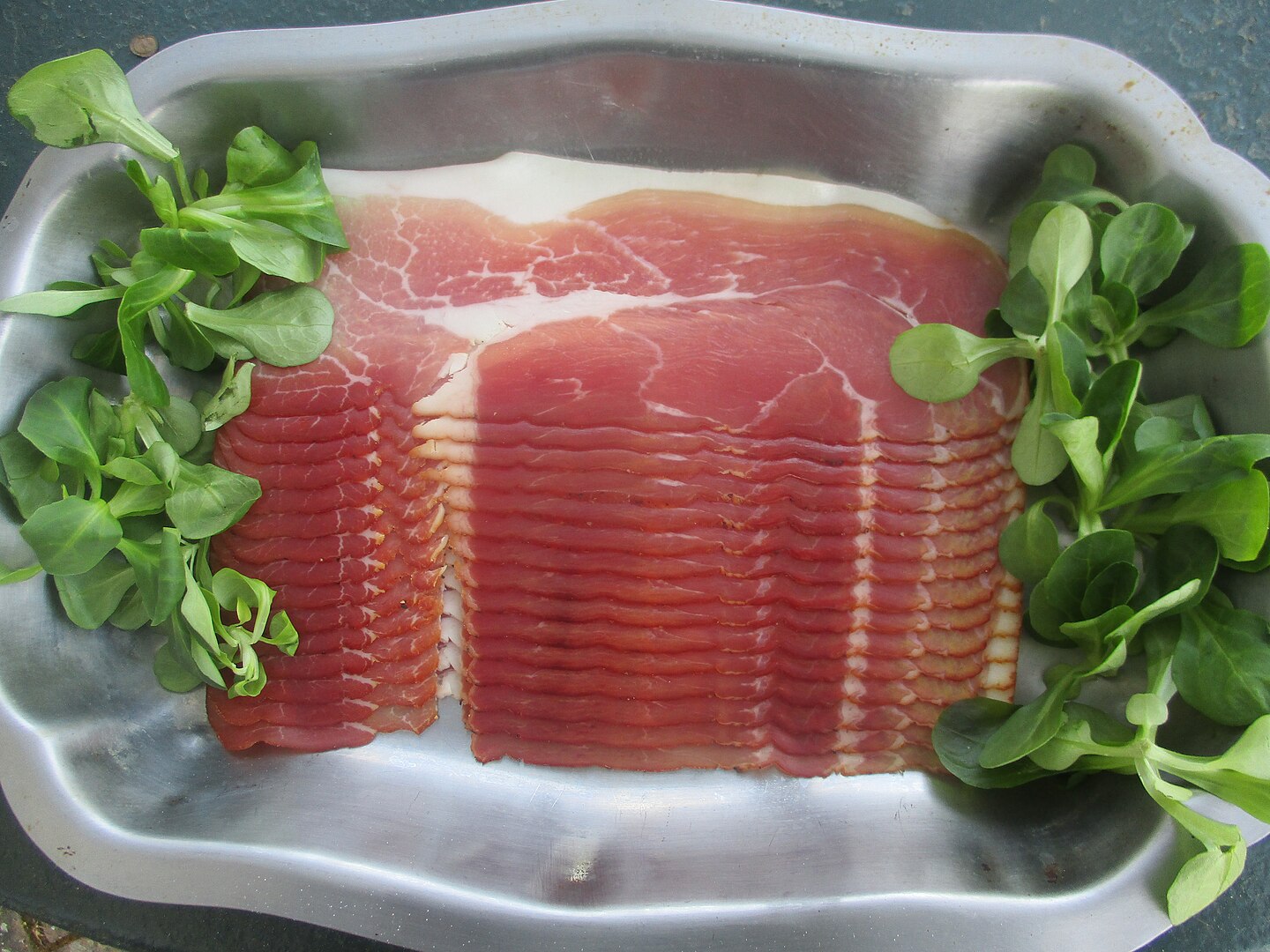
Schnapps, Chocolate, and Other Local Delights
If you’re eating your way through the Black Forest, you really can’t skip the sweets and spirits. Tiny distilleries pop up in almost every village. I sampled fruit schnapps made from cherries, plums, and pears.
Trying Kirschwasser, that famous cherry brandy, felt like sipping a bit of the region’s soul—especially since it’s the secret in Black Forest cake.
Chocolate shops tempted me at every turn. Some offered handcrafted bars packed with local milk and nuts. Flavors ranged from classic dark to ones bursting with raspberry or cherry.
I stumbled across wild berry jams and honey from woodland bees. Even the herbal liquors made for easy, tasty souvenirs that reminded me of the forest.

Spa Retreats and Wellness Escapes
The Black Forest has a reputation for its soothing spa towns, historic thermal baths, and peaceful wellness routes. I found relaxation, beautiful architecture, and nature all tangled together.
Healing waters and quiet escapes seem to be woven into the area’s traditions. It’s easy to see why people keep coming back.
Baden-Baden: Spa Town Splendor
Baden-Baden just has that iconic spa town vibe. The city’s 19th-century villas and classic hotels ooze old-world charm, and its culture feels lively but never rushed.
Streets like Lichtentaler Allee overflow with flowers, ancient trees, and the occasional art museum. I loved wandering these leafy paths before heading off for a massage or a long mineral soak.
Luxury spa hotels dot the city, some with stories going back centuries. I tried treatments from mud packs to modern facials, and honestly, I’d do it again.
Evenings by the Oos River felt almost magical. Cafes near the Kurhaus served up delicious cake, the perfect way to end a spa day.
Artists and royals have flocked here for ages. I get it—there’s something special in the air.
If you’re planning a visit, book your wellness treatments early. Weekends can get busy, and you’ll want good walking shoes for those garden strolls.
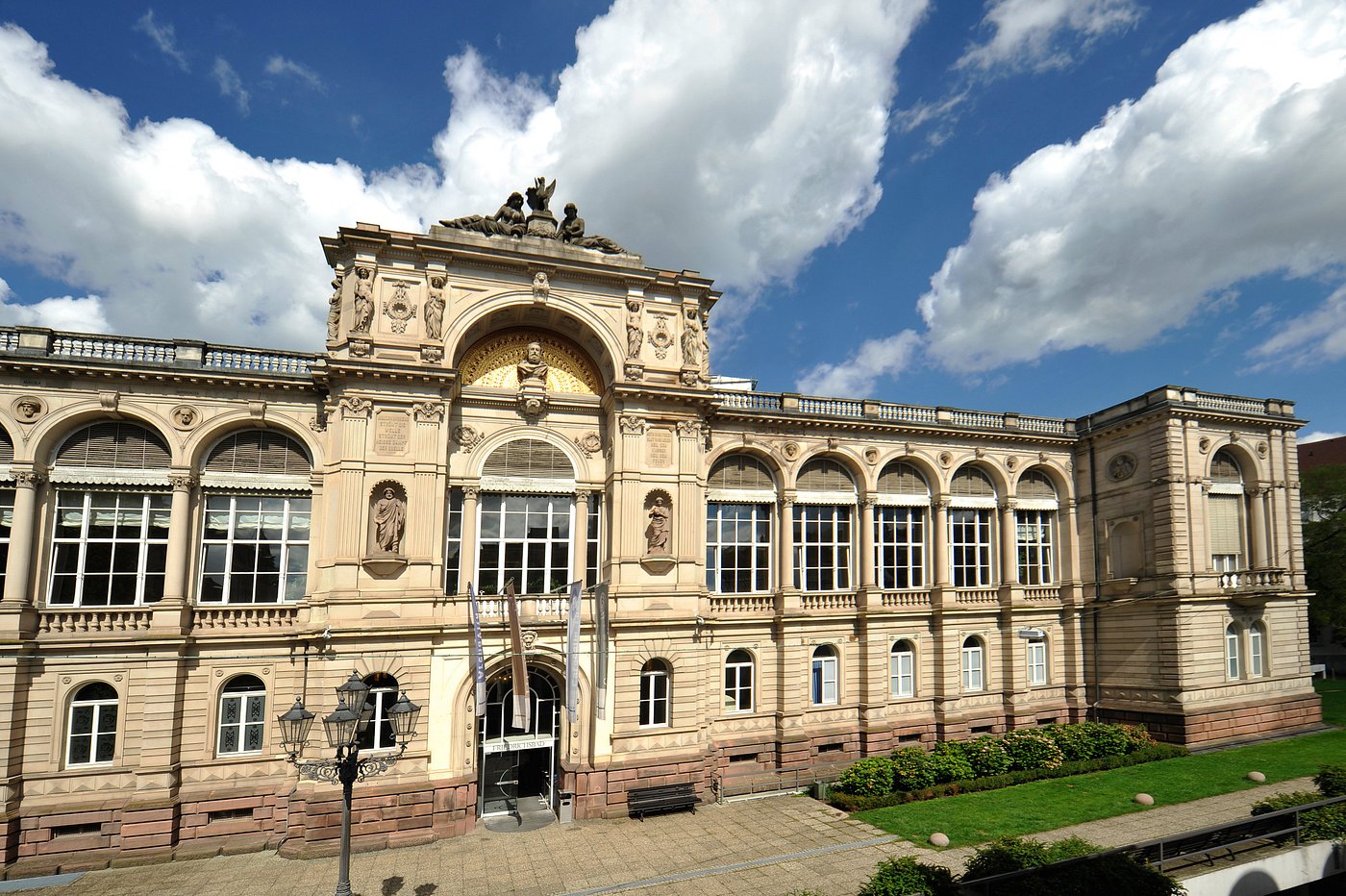
Thermal Baths Experience: Friedrichsbad and Beyond
Friedrichsbad really is the crown jewel in Baden-Baden. Built in the 1800s, this Roman-Irish bath mixes history and relaxation in a way that’s hard to describe.
Seventeen stations guide you through hot air rooms, steam baths, whirlpools, and warm pools. The whole ritual moves you from warm to hot and then slowly cools things down.
Old mosaics and the gentle sound of water made the whole experience feel almost meditative. If you’d rather skip the nude tradition, Caracalla Spa nearby has indoor and outdoor pools, plus saunas and modern touches for families or couples.
People flock here to soothe sore muscles, especially after hiking. Mark Twain even wrote about these baths and their unique traditions.
Bring your own towel and slippers for comfort—trust me, you’ll be glad you did.
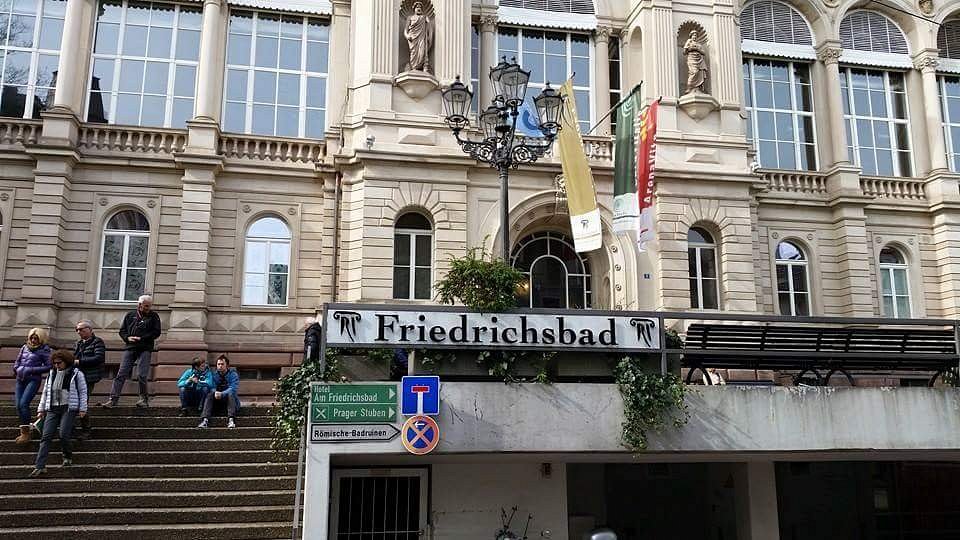
The Famous Black Forest Spa Route
Traveling the Black Forest Spa Route was honestly one of my favorite parts of the trip. This scenic drive links spa towns like Baden-Baden, Bad Wildbad, and Bad Dürrheim.
Each spot offers something different, from classic mineral springs to contemporary spa hotels. I stopped at countryside retreats tucked between forests and rolling hills.
Many hotels offer treatments with Black Forest herbs, honey, and mineral-rich waters. Here’s a handy table I made to keep track:
| Spa Town | Notable Feature | Top Experience |
|---|---|---|
| Baden-Baden | Historic luxury spas | Friedrichsbad, Caracalla |
| Bad Wildbad | Forest surroundings | Palais Thermal |
| Bad Dürrheim | Saltwater thermal baths | Solemar Spa |
It’s smart to plan ahead since some spas need reservations. As I drove or biked along the route, I spotted rolling hills and little villages, each with its own wellness traditions.
Nature and wellness just seem to blend together out here. I didn’t expect to feel so relaxed after every stop.
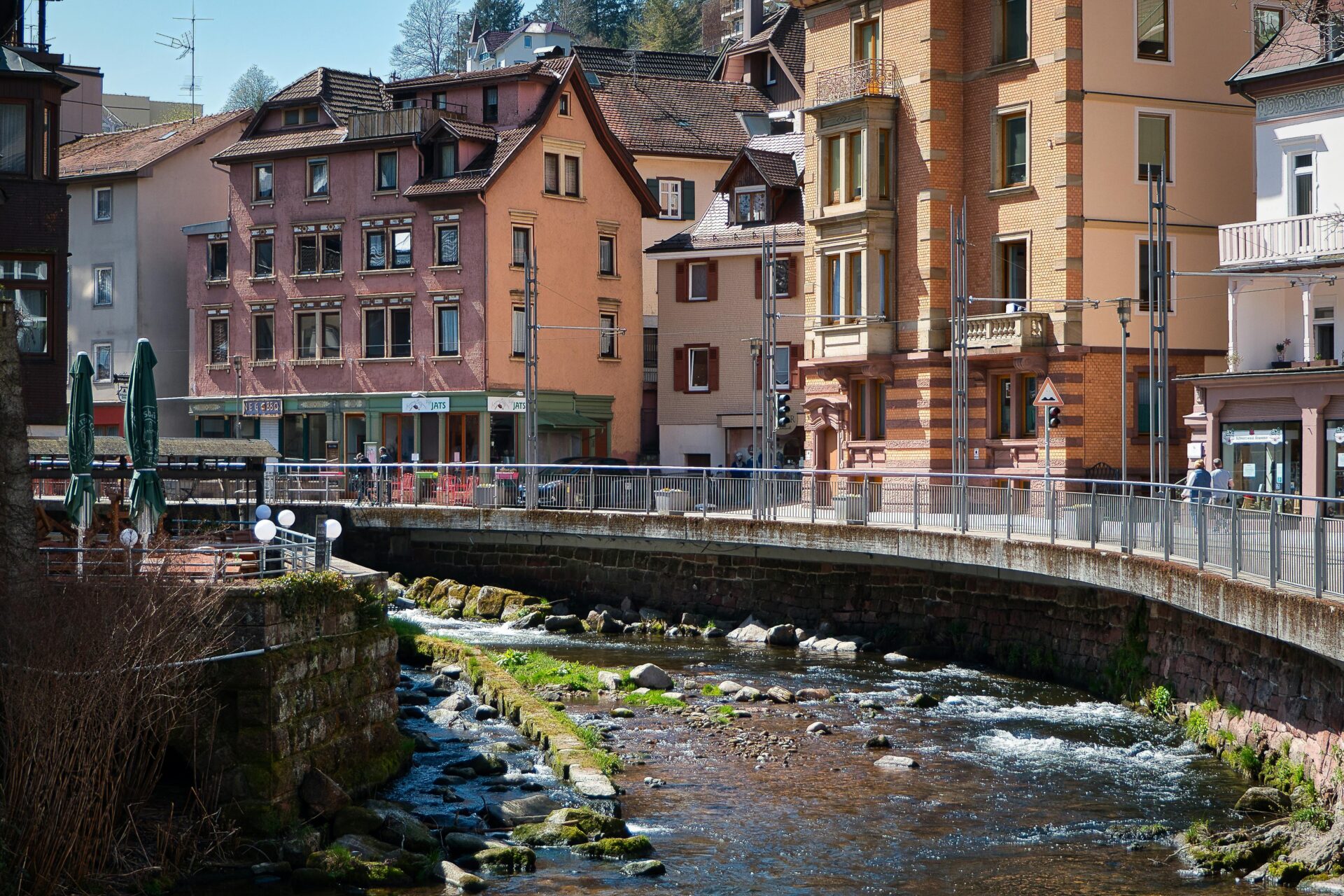
Seasonal Wonders: Winter Sports and Festive Traditions
Winter transforms the Black Forest into a world of snow and twinkling lights. Cozy villages and lively markets pop up everywhere.
There’s adventure for the bold and peaceful strolls for those who’d rather take it slow. It’s almost impossible not to get swept up in the season.
A Winter Wonderland: Skiing and Outdoor Adventures
When snow blankets the Black Forest, the woods and hills become a playground for anyone who loves winter. I found slopes for every skill level, from total beginners to seasoned skiers.
Feldberg, the tallest peak, is famous for its ski trails and welcoming ski schools. I never felt out of place, even as a newbie.
Besides skiing, I tried cross-country trails, snowshoe walks, and even a bit of tobogganing. There’s something magical about the forest early in the morning, with fresh snow crunching underfoot.
Skating on frozen lakes like Titisee gave me a quiet escape from the crowds. Local rental shops made it easy to try new things—I never had to pack much gear.
If you’re into winter sports, here’s a quick cheat sheet:
| Activity | Location | Tips |
|---|---|---|
| Skiing/Snowboard | Feldberg, Todtnauberg | Lift passes, equipment rentals |
| Cross-country Ski | Hinterzarten, Schonach | Marked trails for all skill levels |
| Tobogganing | Feldberg, Todtnau | Safe, family-friendly slopes |
| Ice Skating | Lake Titisee, Freiburg | Bring gloves and warm socks |

Magical Christmas Markets and Light Shows
Come December, the Black Forest lights up with Christmas markets. Freiburg and Triberg host some of the best, filled with handmade crafts and the smell of spiced cider.
I wandered from booth to booth, sampling Lebkuchen cookies and admiring delicate glass ornaments. Cozy wooden huts overflowed with gifts—carved cuckoo clocks, warm wool socks, you name it.
Triberg’s Christmas light show lit up the night sky. Fairy lights and glowing stars made even the oldest timbered houses sparkle.
Each market felt inviting, full of laughter, music, and the scent of holiday treats. Even when snow fell, the mood stayed bright and cheerful.
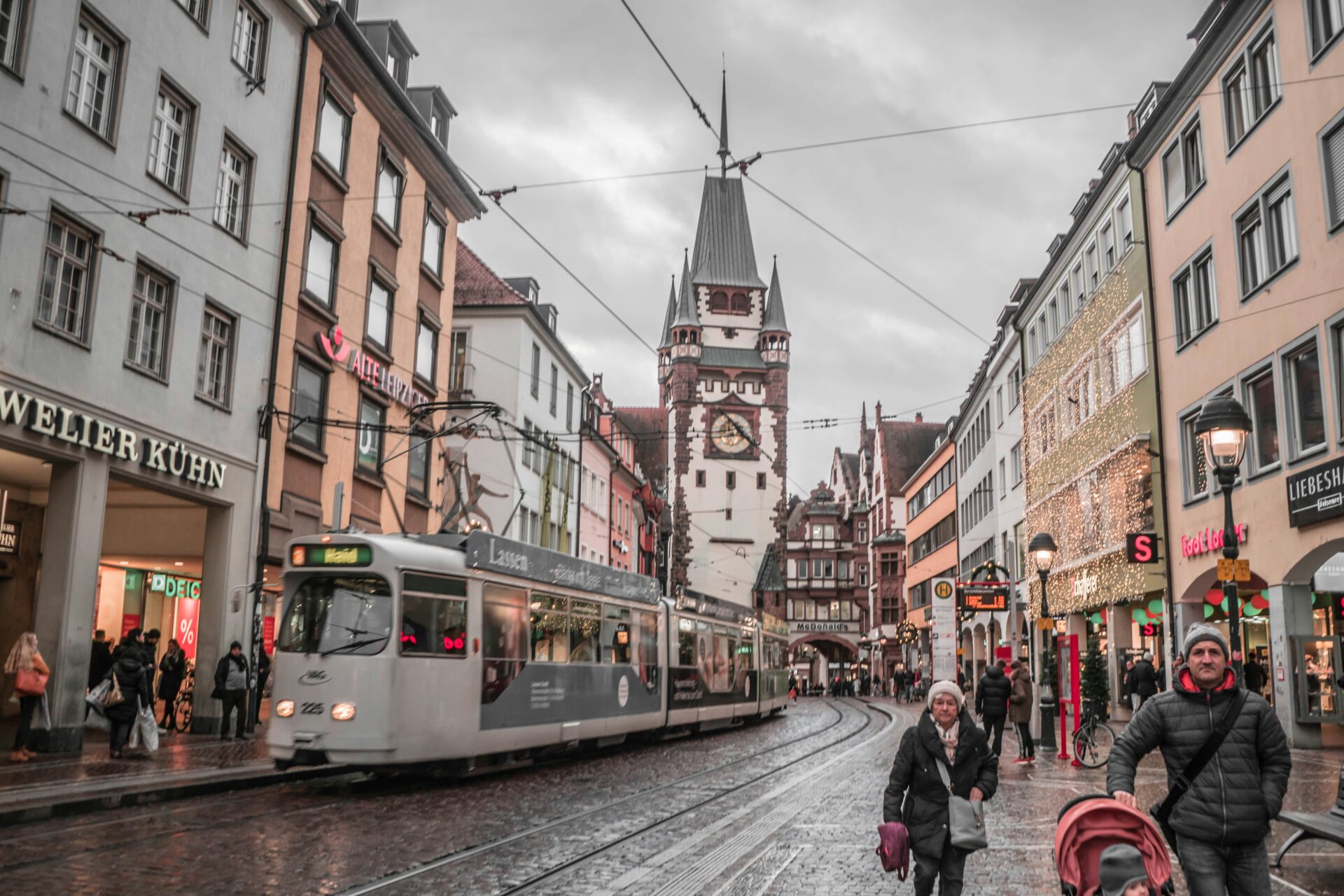
Festive Sights in Freiburg, Stuttgart, and Basel
Freiburg’s old town really comes alive during Advent. The Freiburg Christmas Market sits right among those medieval buildings.
I wandered from stall to stall, stumbling on crafts and treats at almost every turn. Mulled wine warmed my hands while I listened to a local choir singing carols by candlelight.
Stuttgart puts on one of the oldest—and honestly, biggest—markets in Germany. Glowing angels perch on the rooftops, and music drifts through the squares.
I couldn’t resist trying the skating rinks, which let both kids and adults glide under strings of twinkling lights.
Heading a bit further south, I crossed into Basel, just over the Swiss border. The Christmas market at Barfüsserplatz felt lively, but somehow peaceful—especially compared to the bigger cities.
Sampling Swiss treats and hunting for handmade gifts there was a highlight for me. Each city brings its own style, but they all share that warm, inviting festive spirit.

